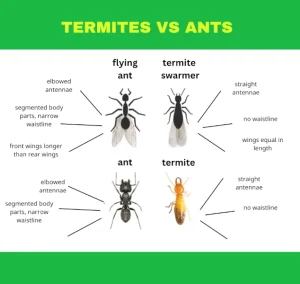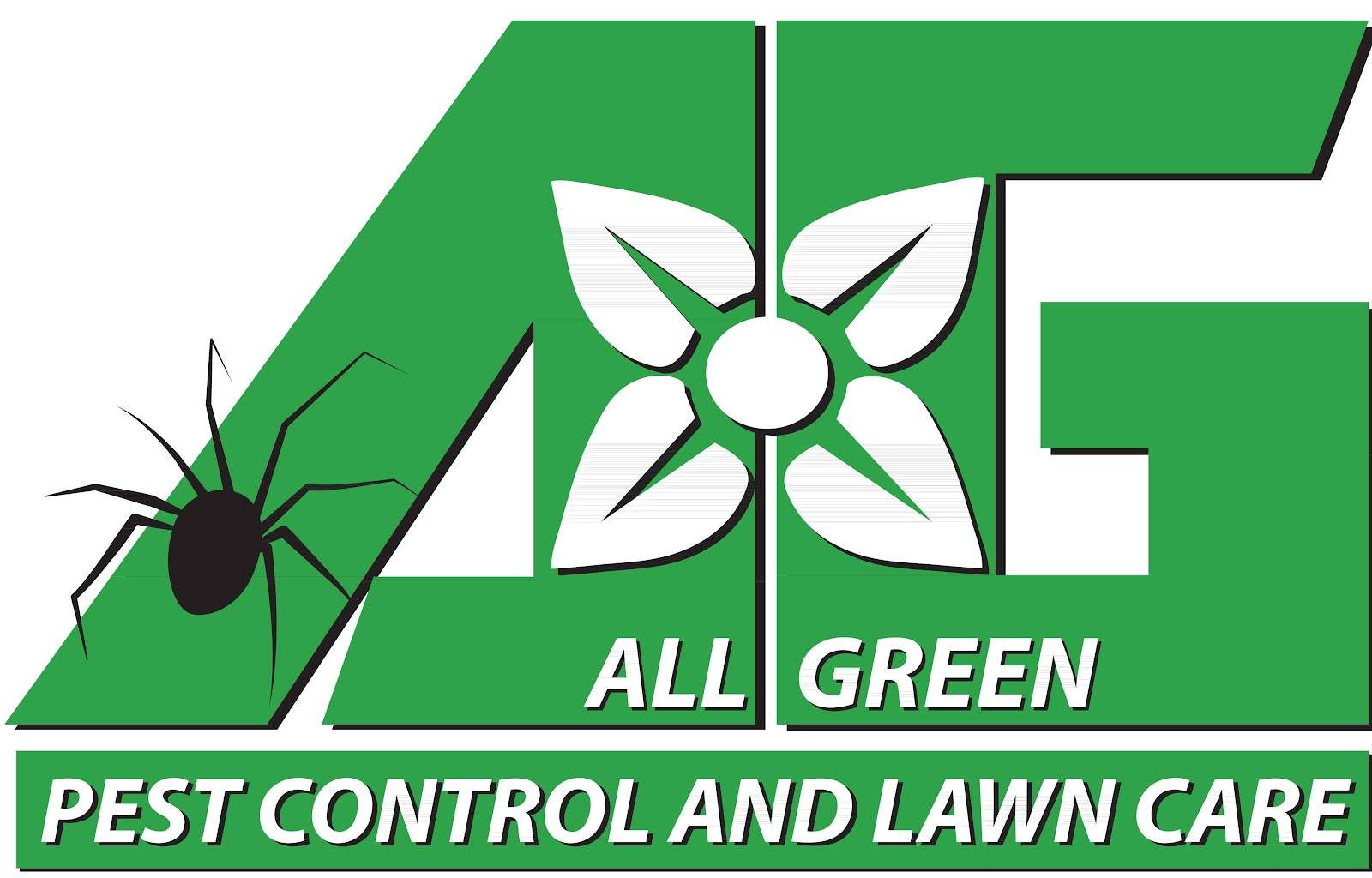
Termites and ants are often mistaken for one another due to their similar social structures and appearances, especially during their winged reproductive stages. However, understanding the distinctions between these two insects is crucial for effective identification and management.
Ants vs. Termites: Key Differences
While both ants and termites are social insects living in colonies, they belong to different insect orders. Ants are part of the order Hymenoptera, which also includes bees and wasps, whereas termites belong to the order Blattodea, making them more closely related to cockroaches.
Physical Characteristics
One of the most noticeable differences between ants and termites is their physical appearance:
- Body Structure: Ants have a constricted waist, giving them a segmented appearance, while termites have a more uniform, broad waist.
- Antennae: Ants possess elbowed (bent) antennae, whereas termites have straight, beaded antennae.
- Wings: During their reproductive phase, both ants and termites develop wings. However, winged ants have two pairs of wings of unequal length—the front pair is longer than the hind pair. In contrast, termites’ wings are of equal length and are typically longer than their bodies.
Behavioral Differences
Behaviorally, ants and termites exhibit distinct differences:
- Diet: Ants are omnivorous, feeding on a variety of substances including nectar, seeds, other insects, and food debris found around homes. Termites primarily consume cellulose-based materials, such as wood, paper, and plant matter.
- Nesting Habits: Carpenter ants excavate wood to create nests but do not consume it; instead, they prefer moist, damaged wood. Termites, on the other hand, feed on the wood where they nest, often leading to significant structural damage.
Identifying Infestations: Ants or Termites?
Recognizing the signs of an infestation is essential for prompt and effective treatment.
Signs of Termite Infestation
- Mud Tubes: Termites construct mud tubes on walls or foundations to protect themselves from predators and maintain moisture while traveling between their nest and food sources.
- Wood Damage: Termite-damaged wood often sounds hollow when tapped and may exhibit a honeycomb interior as termites consume wood from the inside out.
- Discarded Wings: After swarming, termites shed their wings, leaving piles of wings near windowsills or entry points.
Signs of Ant Infestation
- Visible Trails: Ants often travel in well-defined trails along walls, floors, or foundations as they forage for food.
- Wood Shavings: Carpenter ants push wood shavings and dead insect parts out of their tunnels, resulting in small piles of debris near nest sites.
- Nesting Sites: Ants may establish nests in various locations, including wall voids, under appliances, or within insulation.
Seasonal Activity: When Are They Active Indoors?
Understanding the seasonal activity of ants and termites can aid in early detection and prevention.
Termites
Termites are generally more active during warmer months. However, in heated indoor environments, they can remain active year-round, including during winter months. Swarming typically occurs in the spring or early summer, depending on the species and geographic location.
Ants
Ant activity often increases during the spring and summer as they forage for food. In colder climates, ants may become less active during winter months. However, in warmer regions or heated indoor environments, ants can remain active throughout the year.
Treatment Strategies: Ants vs. Termites
Effective treatment strategies differ between ants and termites due to their distinct behaviors and nesting habits.
Ant Treatment
- Sanitation: Maintaining cleanliness by promptly cleaning up food spills and storing food in sealed containers can reduce ant attraction.
- Exclusion: Sealing cracks and crevices around the home can prevent ants from entering.
- Baiting: Using ant baits allows foraging ants to carry the toxic bait back to the colony, effectively reducing the population.
Termite Treatment
- Soil Treatment: Applying termiticides to the soil around a structure can create a barrier that prevents termites from entering.
- Baiting Systems: Installing termite bait stations around the perimeter of a structure can attract foraging termites, which then carry the toxic bait back to the colony.
- Wood Treatment: Applying termiticides directly to wood can protect it from termite damage.
It’s important to note that termite treatments often require professional application due to the complexity and potential hazards associated with termiticides.
Final Thoughts for Ants vs Termites
While ants and termites may appear similar, understanding their differences in physical characteristics, behaviors, and signs of infestation is crucial for effective identification and management. Implementing appropriate treatment strategies tailored to each insect can help protect your home from potential damage.
For a visual comparison and further information, you may find this video helpful:
Now that you know the differences between termites and ants, let’s take a look at the different types of mites!
